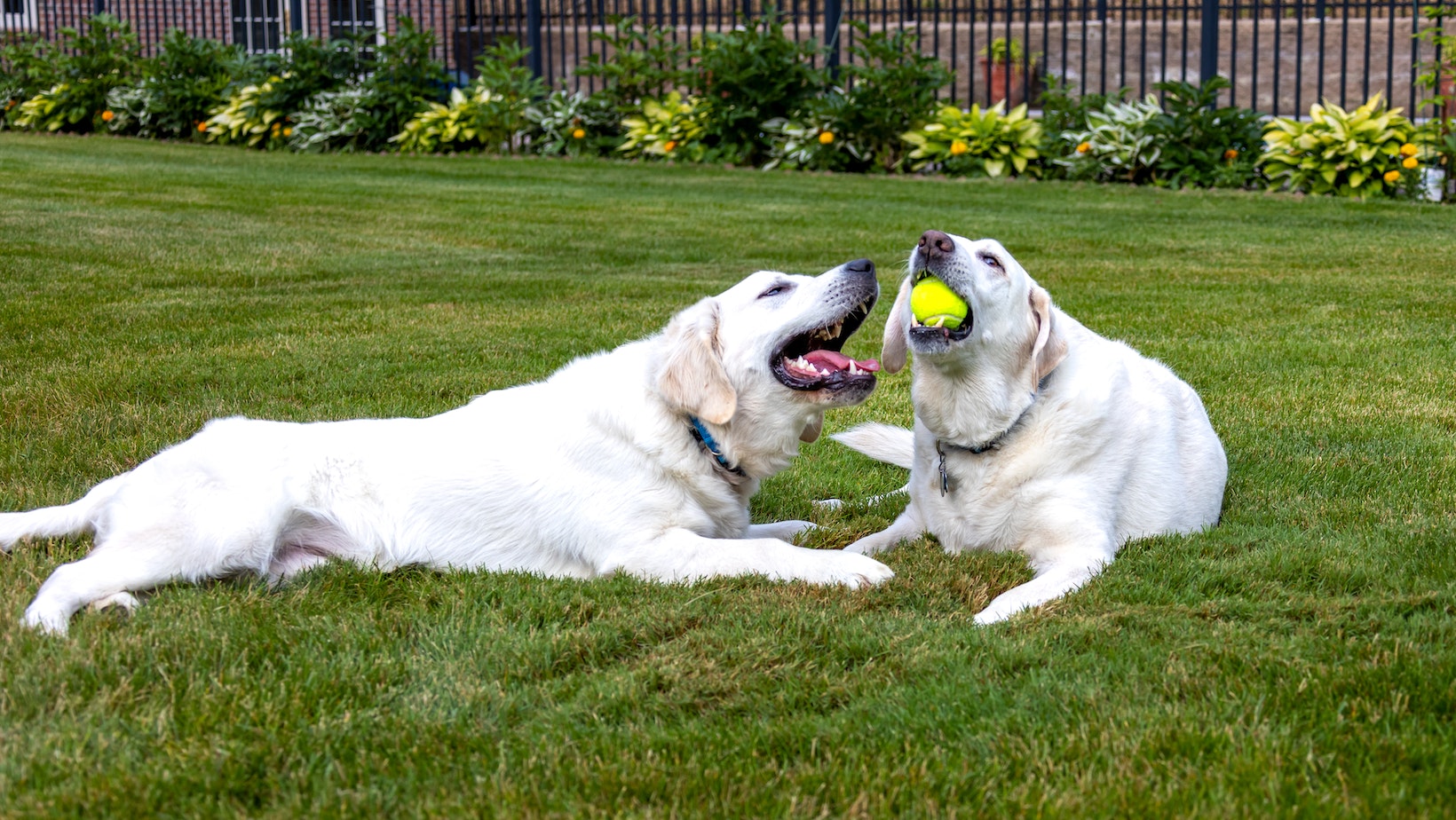Training a dog to walk on a leash can be a challenging task, but with the right techniques and consistency, it is definitely achievable. If you have a Labrador or any other breed that tends to pull on the leash, don’t worry – there are effective methods to help you gain control and make your walks more enjoyable.
How to Train My Dog to Walk on a Leash
Firstly, it’s important to choose the right equipment for walking your dog. A well-fitted harness or collar that doesn’t cause discomfort is essential. Avoid using choke chains or prong collars as they can be harmful and may worsen pulling behavior.
Next, start training in a quiet and familiar environment with minimal distractions. Begin by introducing your dog to the leash indoors, allowing them to sniff it and get used to its presence. Gradually attach the leash to their harness or collar while offering treats and praise for positive behavior.
Once your dog is comfortable wearing the leash indoors, it’s time to venture outside. Start with short walks in an area where there are fewer distractions. Use treats as rewards for walking calmly beside you without pulling. Remember to keep consistent tension on the leash so that your dog understands they need to stay close by.
Consistency is key when training your dog to walk on a leash. Practice regularly and gradually increase both distance and exposure to various environments. With patience and persistence, you’ll soon have a well-behaved companion who walks politely by your side during every outing.

Introducing Your Dog to the Leash
When it comes to training your Labrador or any dog to walk on a leash, understanding their behavior is key. Dogs are naturally curious and may initially find the leash strange or uncomfortable. It’s important to approach this process with patience and empathy.
One common behavior you may observe is resistance or hesitation when you first introduce the leash. Some dogs may try to pull away, sit down, or even chew on the leash in an attempt to remove it. This behavior is normal and can be addressed through consistent training techniques.
Gradually Introduce the Leash
To help your dog become comfortable with the leash, it’s best to introduce it gradually. Start by allowing your dog to sniff and investigate the leash while remaining calm and relaxed yourself. Avoid any sudden movements or actions that could startle them.
Once your dog shows signs of curiosity rather than fear, gently attach the leash to their collar while offering treats and praise for positive reinforcement. Begin by letting them wear the leash indoors for short periods of time before progressing to outdoor walks.
During these initial stages, keep in mind that consistency is key. Regularly practice attaching and removing the leash while rewarding your dog for good behavior. By gradually increasing exposure over time, your Labrador will begin associating the presence of a leash with positive experiences.
Positive Reinforcement Training
Positive reinforcement is an effective method for teaching dogs new behaviors, including walking on a leash. When your Labrador exhibits desired behaviors such as walking calmly beside you without pulling, offer verbal praise along with small treats as rewards.
Remember that each dog learns at their own pace, so be patient throughout this process. Consistency in using positive reinforcement will encourage your Labrador to associate good behavior with pleasant outcomes.
Additionally, consider incorporating clicker training into your routine as it can further enhance communication between you and your dog during leash training sessions.
By taking the time to understand your dog’s behavior, gradually introducing the leash, and employing positive reinforcement techniques, you’ll be on your way to successfully training your Labrador to walk on a leash. Remember to make each training session enjoyable for both you and your furry friend, ensuring a positive bonding experience along the way.